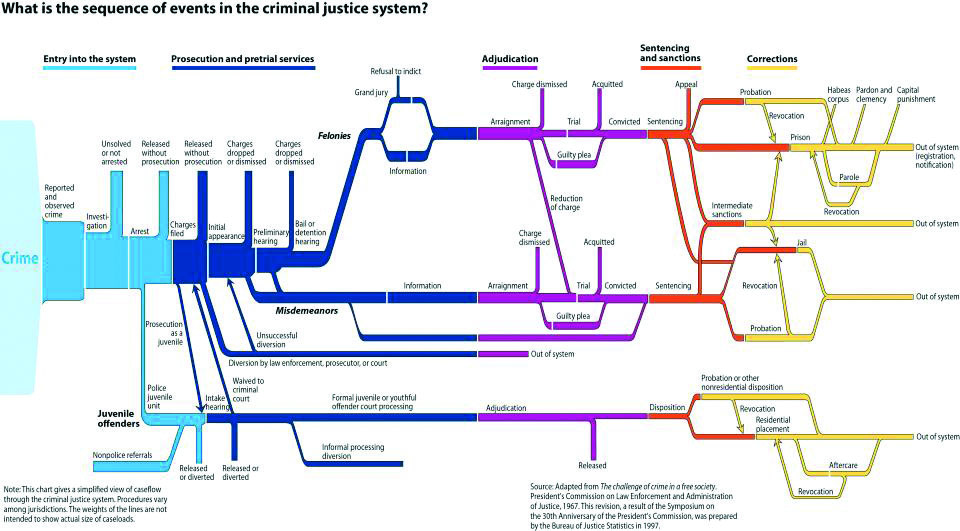Publisher’s Note: This is the first article in a series about preparing now for anticipated mid-century public safety needs in urban areas.
The United Nations projects that by the year 2030 the global population will reach 8.6 billion people and 60% will live in urban areas. It anticipates the population will increase to 9.8 billion by the year 2050, and almost 70% will reside in urban areas.
The USA’s Census Bureau reports that the USA’s population will reach 359 million by the year 2030, and at least 80% will live in urban areas. It anticipates the USA population could exceed 400 million by the year 2050. The University of Michigan’s Center for Sustainable Systems projects that almost 89% of the USA’s population will reside in urban areas by 2050.
At mid-century, those born today in the USA will not yet be 30 years old. Most will reside in densely populated urban areas.
The public safety challenges these now newborns will encounter at and before 2050 likely will be different in quality, quantity, and kind than those challenges faced by USA residents during the 20th Century.
Despite knowing this, too few are perspicaciously anticipating the public safety challenges awaiting our posterity and developing public safety strategies suitable for this 21st Century.
For example, most urban areas have adopted a public safety model developed in the early 1970s and known as the “criminal justice system.” The flow chart (featured on 1A), published by the U.S. Bureau of Justice Statistics, provides a visual depiction of this model.
This 20th Century model assumes public safety in urban areas should focus on identifying, prosecuting, and punishing those folks caught violating the law. This model is, at best, a near total failure.
Since this “criminal justice system” model was adopted by urban areas nationwide in the early 1970s, between 8 and 15 million serious crimes have been reported to police each year. Among these life-altering crimes are at least 14,000 homicides annually – some years had more than 23,000 murders reported to police.
Furthermore, the ACLU reports: “Since 1970, our incarcerated population has increased by 500% – 2 million people in jail and prison today, far outpacing population growth and crime.”
Moreover, the U.S. Bureau of Justice Statistics reports that most crimes are not reported to police. Therefore, we do not know how many crimes are committed or the identities of most victims and law violators.
Public safety in this 21st Century requires a different set of assumptions. As Solutions for a #SafeAndFreeDC explains: “Too often, people use the phrase ‘public safety’ to describe a governmental approach to reported street crimes. … Safety means more than the absence of harm; it means having one’s basic need of food, shelter, and healthcare met. … it is only by broadening our understanding of safety that we will make noticeable and sustainable progress”.
21st Century public safety assumptions and definitions require “broadening our understanding of safety”. In my view, 21st Century public safety strategies must focus on protecting residents from harm – harm caused by criminal victimizations and tornadoes, floods, wild fires, and other natural disasters.
This approach requires moving away from the linear “criminal justice system” model to a circular comprehensive public safety model. My proposed circular public safety model incorporates services provided by police agencies, fire departments, ambulance and EMT providers, and the aviation industry. The aviation component includes helicopters, drones, and flying motorcycles.
In Part II of this series, I will discuss my proposed 21st Century Public Safety Circular Model.






